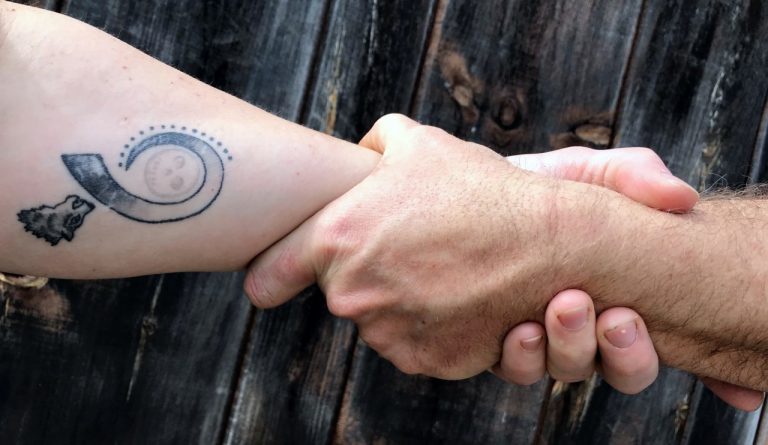Top Ten Things to be Thankful for in the Year of COVID
I know this may seem like a silly thing to post in a time of global pandemic, soaring unemployment rates, great social and political division, and NOVEMBER (my least favorite month), but I’ve been feeling really grateful lately. I’m a little embarrassed about it, but the more down in the dumps I get, the more…
